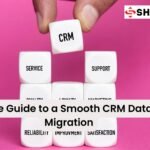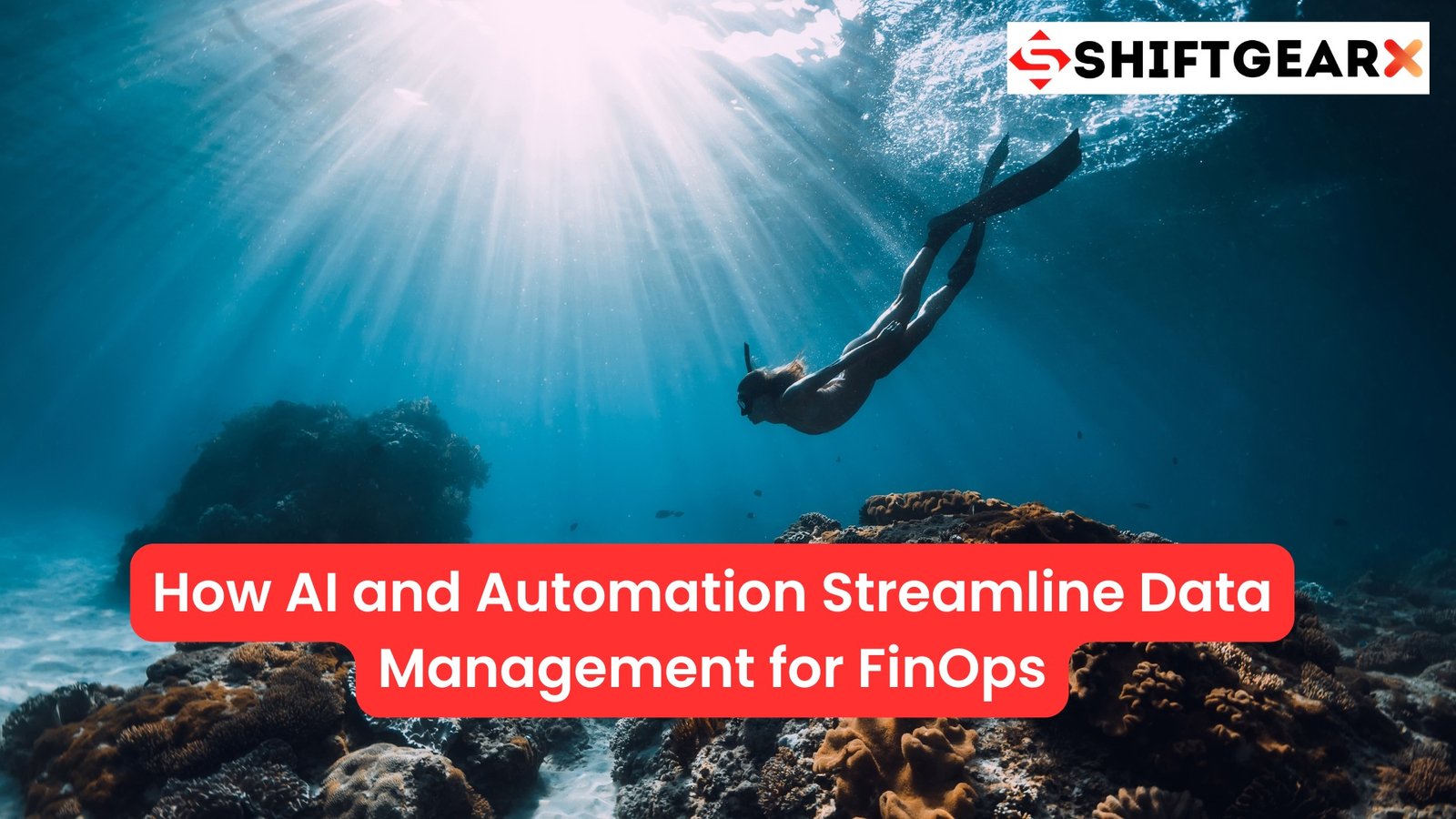Introduction
Accurate and labeled data is crucial in today’s fast-paced digital world. Data annotation is a vital process in industries like healthcare and finance. Its many uses make it indispensable. Executives need to understand that data annotation is key to digital transformation. The global digital transformation market is expected to grow to $1,009.8 billion by 2025 from $469.8 billion in 2020, at a CAGR of 16.5% during this period. Data labeling, on average, consumes up to one-fourth of the project’s duration.
This post dives into data annotation technology and provides an executive-friendly guide for those passionate about labeled data.
The Essence of Data Annotation in the Digital Age
Data annotation stands at the core of today’s Digital Revolution, powering Machine Learning and AI advancements. The relentless surge of digital data makes turning this vast ocean into actionable intelligence essential for technological innovation and staying competitive. Data annotation meticulously labels raw data—text, images, voice, and video—so machines can learn and understand the digital landscape effectively. The global data annotation tools market size is predicted to expand at a 26% CAGR between 2023 and 2035.
Originally an operational need, data annotation has evolved into a strategic asset. It enhances predictive analytics, enriches customer experiences, and optimizes business operations across various industries. The accuracy of annotated data directly impacts the performance of machine learning models in real-world applications. From improving diagnostic accuracy in healthcare to ensuring safer navigation for autonomous vehicles, the applications are vast and transformative.
Focusing on Data Quality and Accuracy
In our data-driven age, focusing on data quality and accuracy is crucial. Businesses are in a fierce race, leveraging high-quality data annotation to gain a competitive edge. It’s not just about possessing data; it must be meticulously annotated in a machine-readable format to derive meaningful insights. Companies with higher digital maturity reported 45% revenue growth compared to 15% for lower maturity companies.
Understanding data annotation’s core isn’t just about acknowledging its purpose—it’s recognizing it as essential for shaping future tech landscapes. Executives must invest in and scale data annotation technologies as a primary part of their digital transformation strategy. The future of AI and machine learning hinges on this, making data annotation a critical tool for navigating the digital age.

Key Benefits of Data Annotation:
- Enhanced Predictive Analytics: High-quality annotated data improves the accuracy of predictive models, helping businesses forecast trends and make informed decisions.
- Improved Customer Experience: By understanding customer behavior through annotated data, businesses can tailor their services to meet customer needs more effectively.
- Optimized Operations: Annotated data helps in streamlining operations, identifying inefficiencies, and automating processes.
- Healthcare Innovations: In healthcare, annotated data is crucial for developing accurate diagnostic tools, personalized treatment plans, and advanced medical research.
- Autonomous Vehicles: For autonomous vehicles, precise data annotation ensures safe navigation by accurately identifying objects, predicting movements, and making real-time decisions.
Action Points for Executives:
- Invest in Technology: Prioritize investment in advanced data annotation tools and technologies to enhance data quality.
- Scale Annotation Processes: Develop scalable annotation processes to handle the increasing volume of data efficiently.
- Focus on Accuracy: Implement stringent quality control measures to ensure the accuracy of annotated data.
- Integrate with AI Strategy: Make data annotation an integral part of your AI and machine learning strategy to drive innovation and competitiveness.
- Continuous Improvement: Regularly update and refine annotation practices to keep up with technological advancements and evolving industry needs.
By embracing data annotation as a fundamental component of digital transformation, businesses can unlock the full potential of AI and machine learning, driving innovation and maintaining a competitive edge in the digital age.
Different Types of Data Annotation and Their Applications
Welcome to the world of data annotation! For executives like you, understanding this is crucial. Let’s break it down:
Key Techniques in Data Annotation
- Image Annotation: Essential for computer vision, from autonomous driving to retail. It involves recognizing objects and spatial relations in images. Algorithms learn to interpret visual information, improving safety and customer experiences.
- Text Annotation: Critical for natural language processing (NLP). Tagging text for themes, sentiments, and entities helps machines understand human language. This is vital for chatbots, sentiment analysis, and customer service strategies.
- Audio Annotation: Takes machine learning into the auditory domain. Transcribing and tagging audio data trains algorithms to understand human speech. This drives innovation in communication and accessibility technologies.
- Video Annotation: Combines image and audio annotation. Used in surveillance, sports analytics, and entertainment, it labels objects and activities in video frames. This involves motion tracking and behavior analysis over time.

Key Techniques in Data Annotation
| Technique | Description | Application |
|---|---|---|
| Image Annotation | Recognizes objects and spatial relations in images. Algorithms interpret visual information, improving safety and customer experiences. | Autonomous driving, retail, healthcare |
| Text Annotation | Tags text for themes, sentiments, and entities, helping machines understand human language. | NLP, chatbots, sentiment analysis, customer service |
| Audio Annotation | Transcribes and tags audio data, training algorithms to understand human speech. | Voice recognition, interactive assistants, accessibility technologies |
| Video Annotation | Combines image and audio annotation, labeling objects and activities in video frames, involving motion tracking and behavior analysis over time. | Surveillance, sports analytics, entertainment |
Strategic Value in Industries
- Healthcare: Enhances diagnostics and personalized treatments.
- Finance: Boosts predictive analytics for market trends and risk management.
- Retail: Improves customer experiences and inventory management.
- Automotive: Ensures safer navigation for autonomous vehicles.
- Entertainment: Powers advanced video analysis for content creation.
The Importance of Data Annotation
Data annotation isn’t a one-size-fits-all activity. It involves a variety of tools and techniques suited to different data and business needs. Executives must understand these nuances to allocate resources effectively. High-quality data annotations support AI and ML programs, leading to impactful innovation and a competitive edge.
Embrace data annotation. It’s not just a task—it’s a strategic asset that shapes future technology landscapes. Invest in it, scale it, and make it a core part of your digital transformation agenda. Your AI and ML success depends on it.

Strategic Planning for Data Annotation Projects
Executives embarking on a data annotation journey need a solid strategy. Here’s how to anchor your project:
Define Clear Goals
- Set Specific Objectives: Know exactly what your project aims to achieve. Link these goals to your broader digital transformation and business growth targets.
- Tangible Outcomes: Aim to improve machine learning performance, enhance customer interaction with AI solutions, or streamline operations.
Resource Allocation
- Invest Wisely: Allocate not just money, but also skilled talent and advanced technology.
- In-House vs. Outsourcing: Choose based on project size, complexity, and required skills.
- Tailored Tools: Select annotation tools that fit your project’s needs, balancing advanced and simple features for efficiency and precision.
Set KPIs (Key Performance Indicators)
- Measure Success: Track and measure outcomes with carefully chosen KPIs.
- Show Real Impact: Use KPIs to reflect improvements in model performance and data quality, tying them to business achievements.
- Guide the Team: KPIs help teams and stakeholders stay on course, allowing for adjustments when necessary.
Key Metrics to Track
| KPI | Description |
|---|---|
| Annotation Accuracy | Measures how precisely data has been labeled according to intended outcomes. |
| Model Performance Metrics | Quantifies the effectiveness of annotated data by assessing algorithm performance against benchmarks or real-world conditions. |
| Time-to-Market | Tracks the time from the start of data annotation to the deployment of trained models, reflecting organizational agility. |
Strategic Planning
- Simplify Variables: Use strategic planning to navigate the complexities of digital innovation.
- Intentional Moves: Ensure every step is purposeful and aligned with the goal of turning data into a competitive advantage.
Strategic Value in Industries
| Industry | Strategic Value |
|---|---|
| Healthcare | Enhances diagnostics and personalized treatments |
| Finance | Boosts predictive analytics for market trends and risk management |
| Retail | Improves customer experiences and inventory management |
| Automotive | Ensures safer navigation for autonomous vehicles |
| Entertainment | Powers advanced video analysis for content creation |
Take control of your data annotation projects with clear goals, wise investments, and strategic planning. Turn your data into a powerful tool for innovation and growth.
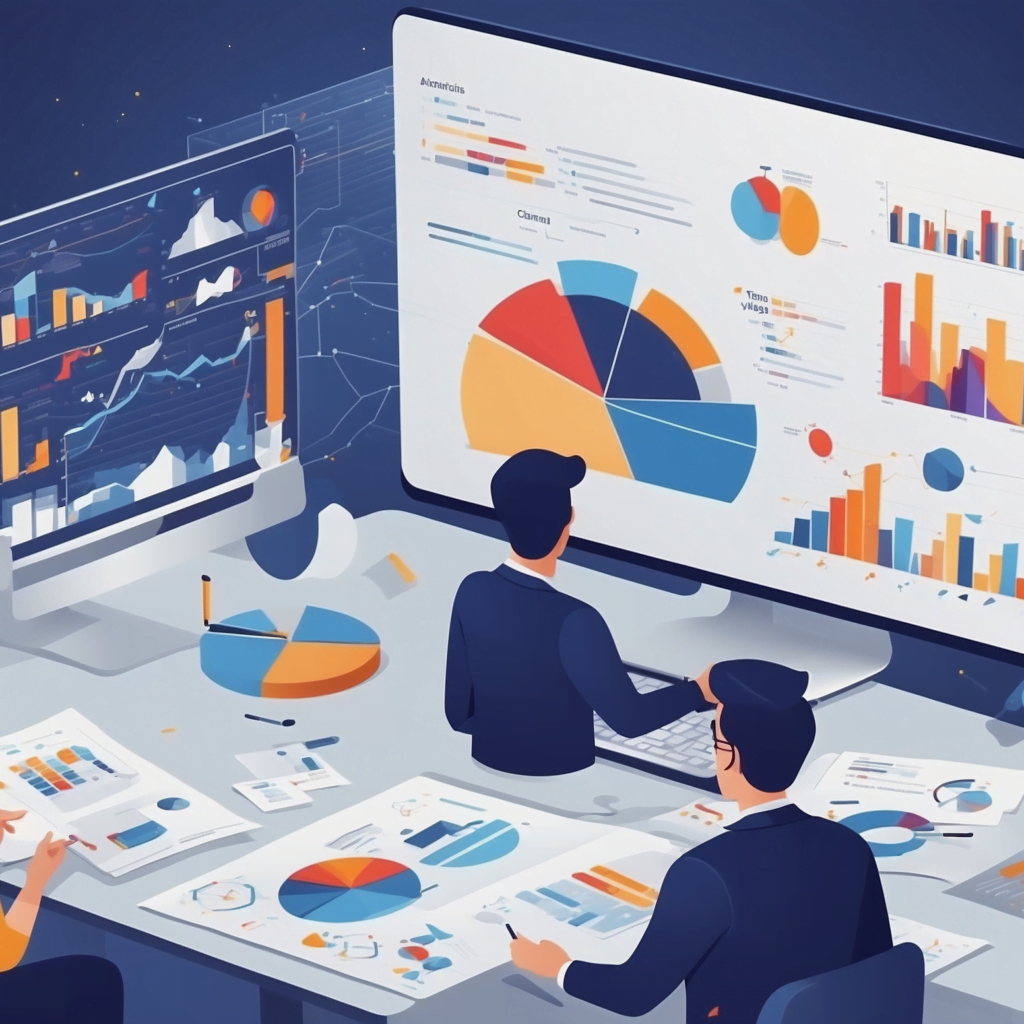
Tools and Technologies Powering Data Annotation
In the world of data annotation, choosing the right tools and technology isn’t just a logistical decision—it’s crucial for enhancing outcomes. Annotation software ranges from enterprise-level platforms packed with features to open-source packages that are accessible and customizable.
Key Insights into Data Annotation Tools
- Enterprise-Level Platforms: These come with extensive features. So extensive, in fact, that you’ll likely need their help guides. They offer advanced capabilities that automate parts of the annotation process, bringing speed and accuracy without sacrificing quality. Human annotators then refine this pre-annotated data, striking a balance between efficiency and precision.
- Open-Source Tools: Ideal for companies starting their data annotation journey or with unique needs. These tools are affordable, flexible, and customizable. They offer basic functionality and a supportive community, making them a step up from DIY solutions.
- Cloud-Based Platforms: These are revolutionizing AI team workflows. They provide scalable solutions for collaborative work across distributed teams. With built-in quality control, workflows, and support for large datasets, these platforms are perfect for enterprises aiming to scale data annotation.
Strategic Selection of Tools
- Immediate Needs vs. Future Scalability: Choose tools that meet current requirements and can scale with your projects.
- Integration: Opt for solutions that easily integrate with your existing data systems and machine learning models. This ensures seamless processes and boosts efficiency and accuracy.
Key Insights into Data Annotation Tools
| Tool Type | Features |
|---|---|
| Enterprise-Level Platforms | Extensive features, advanced capabilities, automate parts of the annotation process, require help guides for optimal use. |
| Open-Source Tools | Affordable, flexible, customizable, basic functionality, supportive community, ideal for companies starting their data annotation journey. |
| Cloud-Based Platforms | Scalable solutions for collaborative work across distributed teams, built-in quality control, workflows, and support for large datasets. |
The Payoff
Successful data annotation projects hinge on the strategic use of these tools. They transform raw data into a valuable resource, enabling innovation and giving your organization a competitive edge.
Executives, it’s time to dive into the world of data annotation with a clear strategy. Select the right tools, balance speed with accuracy, and ensure your processes are streamlined. Turn your data into a powerhouse for innovation and stay ahead in the competition.
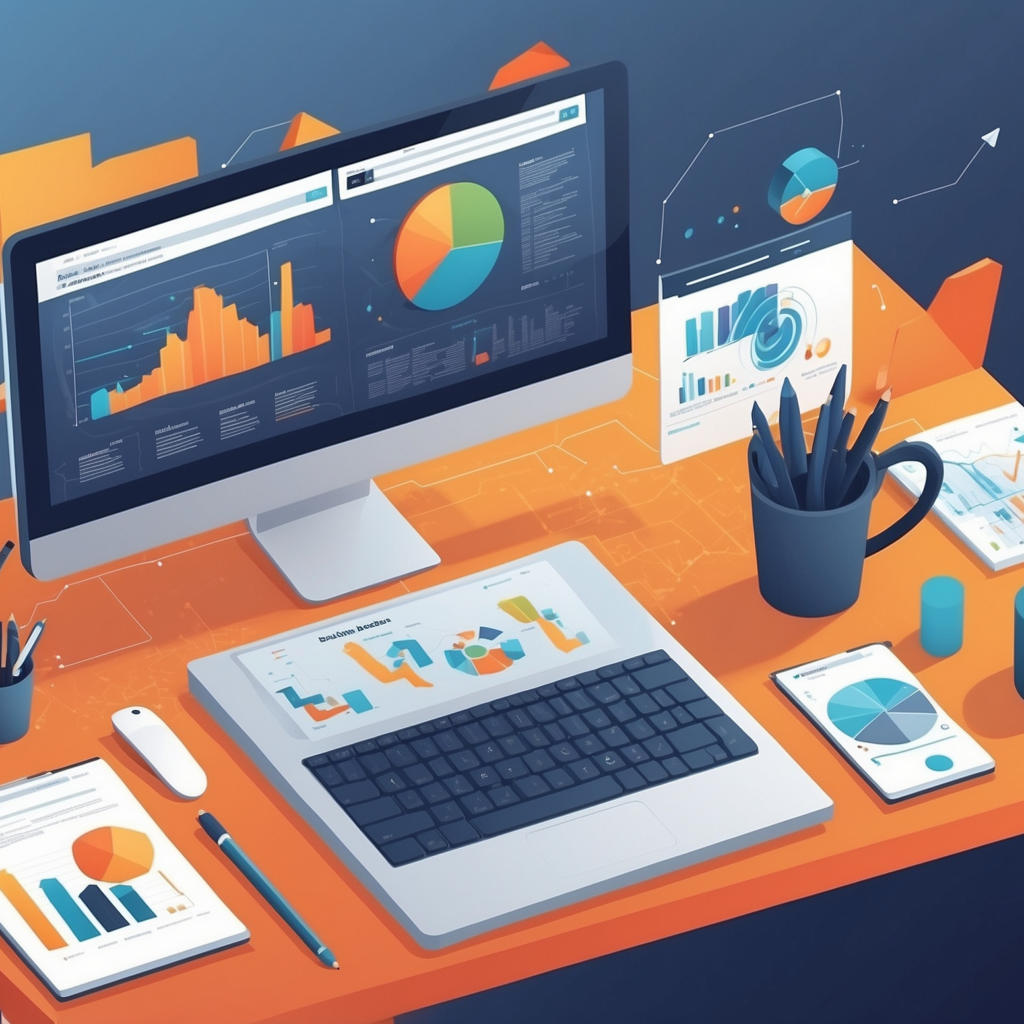
Overcoming Common Data Annotation Challenges
Data annotation projects come with their fair share of challenges. Here’s how to tackle them head-on:
Quality is King
- No Shortcuts: Ensure your data is error-free and consistent. Models are only as good as the data they’re trained on.
- Strict Quality Control: Adhere to quality measures and continuously validate your data to maintain accuracy.
Scalability
- Think Big: With the surge in data, scalability is crucial. Combine advanced tech and automation with human expertise to handle large volumes efficiently.
- Stay Agile: Adapt your workflows to scale up without compromising quality.
Consistency is Key
- Clear Guidelines: Avoid labeling inconsistencies by establishing strict guidelines and training your annotators thoroughly.
- Feedback Loops: Regular reviews and feedback ensure consistency and accuracy across the dataset.
Domain Expertise
- Expert Teams: Assemble a team of domain-specific experts and keep them updated with the latest tools and techniques.
- Continuous Training: Ongoing training helps improve both the quality and speed of annotations.
Strategic Planning
- Invest Wisely: Invest in the right technology and focus on quality assurance.
- Focus on Outcomes: Tackle challenges with a strategic plan, ensuring your projects succeed and support your digital transformation goals.
Overcoming Common Data Annotation Challenges
| Challenge | Solution |
|---|---|
| Quality | Ensure data is error-free and consistent, adhere to quality measures, continuously validate data. |
| Scalability | Combine advanced tech and automation with human expertise, adapt workflows to scale efficiently. |
| Consistency | Establish strict guidelines, train annotators thoroughly, use regular reviews and feedback. |
| Domain Expertise | Assemble a team of domain-specific experts, provide continuous training on the latest tools. |
It’s time to face the challenges of data annotation head-on. Prioritize quality, scale smartly, maintain consistency, and leverage domain expertise. With the right strategy, your data annotation projects will thrive, paving the way for successful digital transformation.
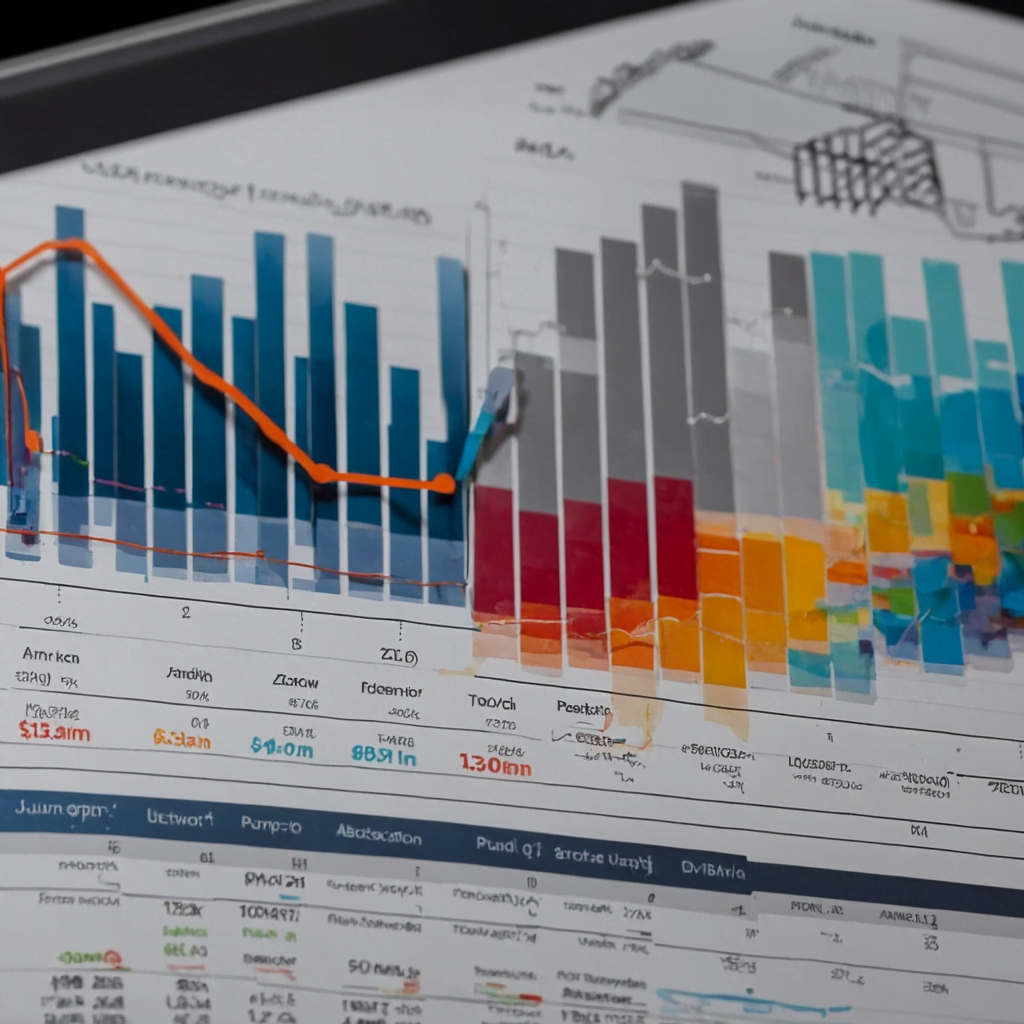
The Role of Human Expertise in Data Annotation
The relationship between advanced technology and human expertise in data annotation isn’t just beneficial—it’s essential. Data annotation has evolved rapidly with automation and machine learning, making it faster and more scalable. But the human touch remains irreplaceable for accuracy and context.
The Role of Human Expertise
| Aspect | Importance |
|---|---|
| Unique Understanding | Humans detect nuances and irregularities that automated systems miss, ensuring data accuracy and contextual relevance. |
| Critical Judgment | Human experts guide reasoning, maintain data quality, and recognize subtle linguistic, cultural, and situational features. |
| Specialized Fields | In specialized areas like medical imaging or legal documents, human expertise is crucial for accurate interpretation and application. |
| Collaboration | Experts work with data scientists to enhance the accuracy and depth of annotations, combining technological tools with human judgment. |
The Human Touch
- Unique Understanding: Humans bring a level of understanding and contextualization that machines can’t match. They detect nuances and irregularities that automated systems miss.
- Critical Judgment: Human skeptics guide less certain reasoning and maintain data quality by recognizing subtle linguistic, cultural, and situational features.
The Need for Experts
- Specialized Fields: In areas like medical imaging or legal documents, human expertise is crucial. Domain experts interpret and apply their knowledge, ensuring that annotations capture the complexities and subtleties of the subject matter.
- Collaboration: Experts work with data scientists to enhance the accuracy and depth of annotations.
Creating a Harmonious Ecosystem
- Technological Synergy: Combine technological tools with human judgment for the highest quality and efficiency.
- Skilled Annotators: Access to skilled annotators significantly improves data quality, resulting in more powerful and accurate machine learning models.
Executives, prioritize human ingenuity in your data annotation projects. It’s not just about technology; it’s about creating a balanced ecosystem where human expertise and machine efficiency work together. This approach ensures your data is accurate, contextual, and ready to drive innovative and reliable AI solutions.
Embrace the symbiotic relationship between humans and technology in data annotation. Your models will be smarter, your data will be richer, and your organization will be poised for success in the digital age.

Measuring the Success of Your Data Annotation Efforts
Quantifying the impact of data annotation is crucial. It shows how outsourcing data labeling fits into your digital transformation goals. Key performance indicators (KPIs) are your guiding stars, offering simple metrics to assess the efficiency and effectiveness of your annotation processes.
Key Metrics to Track
- Annotation Accuracy: This measures how precisely data has been labeled according to the intended outcomes. High accuracy is essential for the success of machine-learning models and is a key factor in investment decisions.
- Model Performance Metrics: These metrics quantify the effectiveness of the annotated data by assessing how well the trained algorithms perform against benchmarks or in real-world conditions. For instance, a pathology AI case study showed increased radiologist agreement and higher cancer detection accuracy due to precise annotation.
- Time-to-Market: This KPI tracks the time from the start of data annotation to the deployment of trained models. It reflects how quickly your organization can leverage high-quality data. Faster time-to-market offers a competitive edge, enabling businesses to respond swiftly to market dynamics and customer needs.
The Importance of KPIs
- Accountability and Transparency: Executives track KPIs closely, ensuring data annotation efforts are transparent and aligned with strategic business objectives.
- Continuous Improvement: Regularly measuring these metrics allows for ongoing adjustments and improvements in annotation projects. This ensures that investments in technology and expertise are directed where they can make the most significant impact.
It’s time to focus on the key metrics that drive your data annotation projects. Prioritize accuracy, track model performance, and speed up your time-to-market. By doing so, you’ll ensure your AI initiatives are on the right track, providing a competitive advantage and paving the way for successful digital transformation.
Measure, refine, and accelerate. Make your data annotation projects not just a task, but a strategic powerhouse that drives innovation and business success.

The Future of Data Annotation: Trends and Innovations
Data annotation is on the brink of a revolution, driven by cutting-edge technology and new methods that boost efficiency and accuracy. Here’s a glimpse into the future:
AI-Powered Annotation
AI is making automated annotation more powerful, reducing human labor and making data labeling massive and resource friendly. Imagine AI handling the bulk of your annotation tasks, freeing up your team for more strategic work.
Synthetic Data
Generating labeled data has never been easier. Synthetic data mimics real-life conditions, overcoming collection challenges and privacy issues. It’s a game-changer for training machine learning models when authentic data is hard to get and expensive.
Active Learning
Active learning is transforming data annotation. This method allows models to learn iteratively by identifying the most valuable data samples to annotate. It targets human expertise where it’s most needed, improving the overall quality and relevance of the dataset.
AR and VR Platforms
Imagine annotating data in a highly visual, interactive environment. Augmented Reality (AR) and Virtual Reality (VR) platforms offer just that, allowing annotators to handle intricate data more naturally and accurately. These technologies make annotation tasks faster and more precise.
Staying Ahead
Leaders must stay ahead of these trends to harness the full potential of AI and machine learning. Embrace these innovations to maintain your edge as an industry leader.
Executives, the future of data annotation is here. Leverage AI for efficiency, adopt synthetic data for easy labeling, use active learning to target your efforts, and explore AR and VR for a more interactive approach. Keep up with these trends to lead in AI analytics and machine learning.
The Future of Data Annotation: Trends and Innovations
| Trend | Description |
|---|---|
| AI-Powered Annotation | AI automates annotation, reducing human labor and making data labeling efficient and resource-friendly. |
| Synthetic Data | Generates labeled data mimicking real-life conditions, overcoming collection challenges and privacy issues, ideal for training machine learning models. |
| Active Learning | Allows models to learn iteratively by identifying valuable data samples for annotation, improving dataset quality and relevance. |
| AR and VR Platforms | Offers highly visual, interactive environments for annotators, making annotation tasks faster and more precise. |
Revolutionize your data annotation process. Embrace these innovations and transform how your organization handles data, driving efficiency, accuracy, and strategic growth.

Best Practices for Partnering with Data Annotation Providers
Choosing the right data annotation provider is crucial for scaling machine learning and AI capabilities. Here’s how to get it right:
Start with Thorough Research
- Proven Track Record: Review potential suppliers thoroughly. Look for case studies and references that show they’ve successfully managed projects of similar size and scope.
Focus on Quality
- Quality Control: Ensure the provider has robust quality control systems. They should have a skilled team that maintains data consistency.
- Process and Tools: Ask about their annotation process, the tools they use, and the experience levels of their annotators.
Prioritize Security
- Data Security: Security protocols are non-negotiable. Ensure the provider follows relevant regulations and standards to protect your data assets and keep sensitive information confidential.
Understand the Financials
- Transparent Pricing: Look for clear value propositions. Ensure there are no hidden fees and that scalability costs are reasonable. A provider should offer quality services without breaking the bank.
Strategic Partnership
Choosing the right provider involves more than ticking boxes. It’s about forming a strategic partnership that aligns with your goals. Focus on industry expertise, quality, security, and transparent pricing to build an alliance that will transform your data annotation capabilities.
Executives, make the smart choice. Research thoroughly, prioritize quality and security, and ensure transparent pricing. Form a strategic partnership with a data annotation provider that will drive your digital transformation and scale your AI capabilities effectively.
Elevate your data annotation game. Choose the right partner and watch your AI initiatives soar.

How to Leverage Data Annotation in Your Digital Transformation Journey
Incorporating data annotation into your enterprise strategy isn’t just a task; it’s the holy grail. Success depends on creating a resilient, data-driven infrastructure that collects, annotates, and leverages data at scale. Here’s how to do it:
Advanced Tools and Technology
- Choose the Right Tools: Select efficient and accurate data annotation tools. They should handle massive datasets quickly and effectively, making your teams’ work easier.
Invest in Human Capital
- Build a Skilled Team: Develop a team that understands technical intricacies and has domain knowledge. These experts will grasp the subtleties of your data.
- Blend Tech and Human Insight: Use technology to automate repetitive tasks at scale. Let human insight validate and refine the results, ensuring high relevance and accuracy.
Set Clear Goals
- Define Objectives: Clearly outline the goals for your data annotation projects. Connect these goals to your broader digital transformation vision.
- Impactful Areas: Focus on areas where annotated data can make a significant difference—boosting customer satisfaction, improving operational efficiency, or uncovering competitive insights.
Strategic Integration
- Weave into Digital Transformation: Strategically integrate data annotation into your digital transformation efforts. This positions you to tackle today’s data-centric challenges and capitalize on its benefits.
- Measure Impact: Ensure that your investment in data annotation translates to real societal impact and advances your organization’s digital maturity.
How to Leverage Data Annotation in Your Digital Transformation Journey
| Step | Description |
|---|---|
| Advanced Tools and Technology | Choose efficient and accurate data annotation tools to handle massive datasets quickly and effectively. |
| Invest in Human Capital | Develop a skilled team with domain knowledge, blending technology with human insight for validation and refinement. |
| Set Clear Goals | Clearly outline goals connected to your digital transformation vision, focusing on high-impact areas. |
| Strategic Integration | Integrate data annotation into digital transformation efforts, measure impact, and ensure societal benefit. |
Executives, treat data annotation as a strategic priority. Invest in advanced tools, build a skilled team, set clear goals, and integrate it into your digital transformation efforts. This approach will not only overcome challenges but also unlock immense benefits.
Make data annotation a cornerstone of your strategy. Invest wisely, plan strategically, and watch your organization thrive in the digital age.
Don’t forget to subscribe to Shift Gear X for more articles. Need expert advice or consulting? Be sure to visit Shift Gear.
Check this also – Adopting AI in the Workplace: Your Job is Safe If You Do This Today – Information Technology Trends & Current News | Shift GearX
You will also love – Remote Triaging: Optimizing Automated Business Processes Today – Information Technology Trends & Current News | Shift GearX








